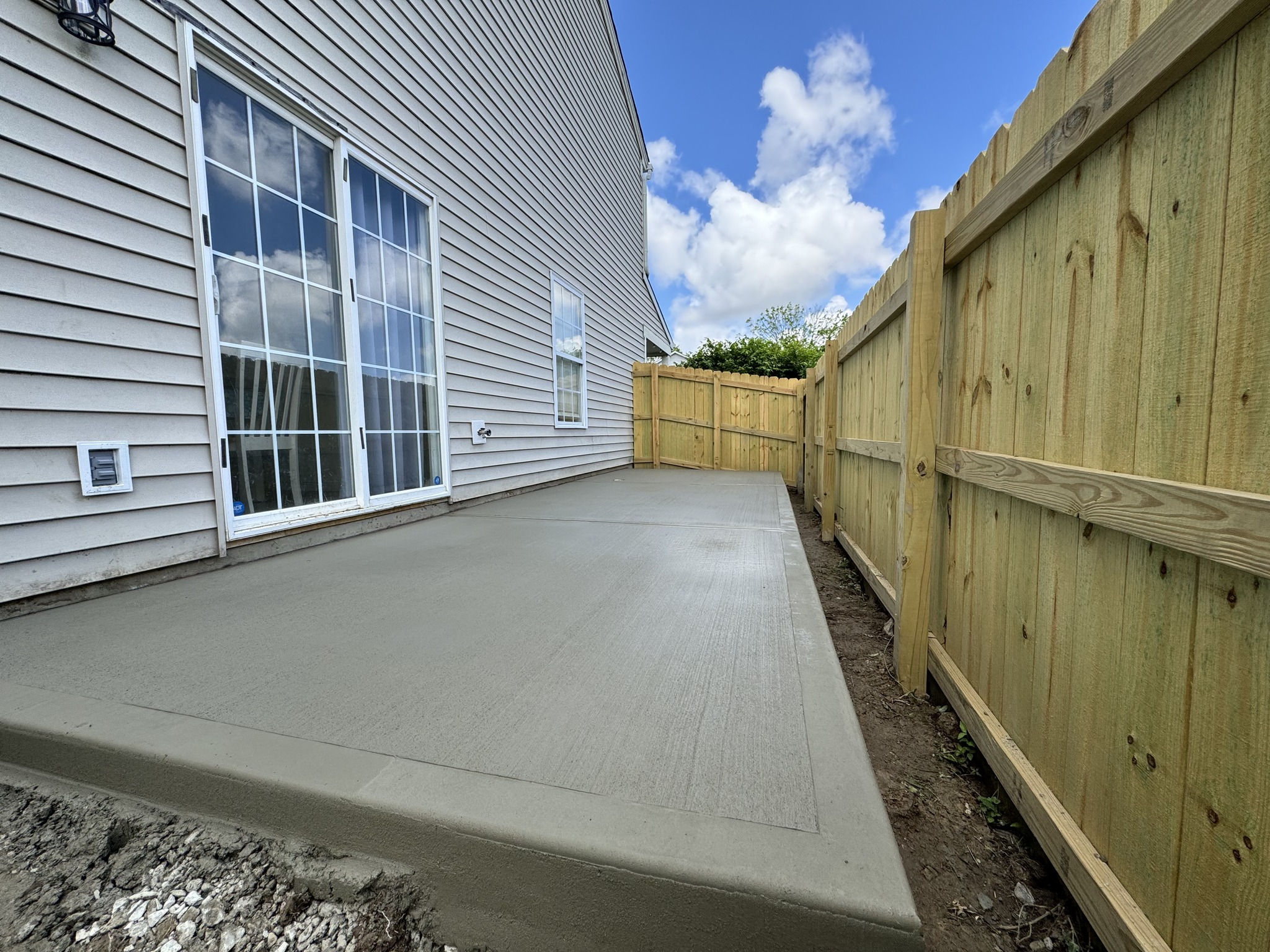
Sculpting Urban Aesthetics: The Role of Decorative Concrete in City Planning Nov 07, 2025
Decorative concrete is more than just a construction material; it is an art form that combines beauty with durability. This innovative material has gained popularity in city planning due to its ability to replicate the look of high-end materials such as stone, brick, and wood at a fraction of the cost. The use of decorative concrete in public spaces not only elevates the visual appeal of urban areas but also provides long-lasting solutions that require minimal maintenance.
One of the primary advantages of decorative concrete is its versatility. From stamped concrete walkways that mimic the appearance of cobblestone streets to stained concrete plazas that add depth and character to parks, the possibilities are endless. City planners can experiment with various textures, patterns, and colors to create unique environments that reflect the character and culture of a community. This customization allows for the creation of cohesive designs that unite different elements of urban infrastructure, creating a harmonious cityscape.
Moreover, decorative concrete is an eco-friendly option that aligns with the growing trend of sustainable urban development. Concrete is a local material, which means that it requires less energy for transportation during construction projects compared to imported materials. Additionally, decorative concrete surfaces are highly reflective, reducing the urban heat island effect and contributing to energy savings in surrounding buildings. By incorporating decorative concrete into urban design, cities can not only enhance their visual appeal but also support environmental goals.
Safety is another critical aspect where decorative concrete excels. Surfaces can be treated with anti-slip coatings, making them ideal for high-traffic areas such as walkways, public squares, and transit platforms. The textural options available with decorative concrete also allow for the integration of tactile paving solutions, aiding visually impaired pedestrians in navigating city streets safely.
At H&R Concrete, we understand that every urban environment is unique, which is why we offer a wide array of decorative concrete services tailored to meet the specific needs of each project. Our experienced team works closely with city planners to ensure that the aesthetic vision is realized without compromising on functionality or safety.
In conclusion, decorative concrete plays a vital role in enhancing urban aesthetics and functionality. It presents a cost-effective, sustainable, and customizable option for city planners looking to bring artistic flair to public spaces. As cities continue to grow and evolve, the demand for attractive and practical solutions like decorative concrete will undoubtedly rise. For those in urban planning, exploring the potential of decorative concrete might be the key to creating inspiring, livable cities that capture the essence of modern urban living.
If you're interested in learning more about how decorative concrete can transform your urban project, contact H&R Concrete today. Let us help you bring your vision to life with the elegance and durability that only decorative concrete can offer.
/filters:no_upscale()/media/203210ff-094f-42a2-9093-cbf56f3c2f93.webp)
/filters:no_upscale()/filters:format(webp)/media/c072d2dd-6e4a-4753-97df-7a6e43b11ff1.jpg)